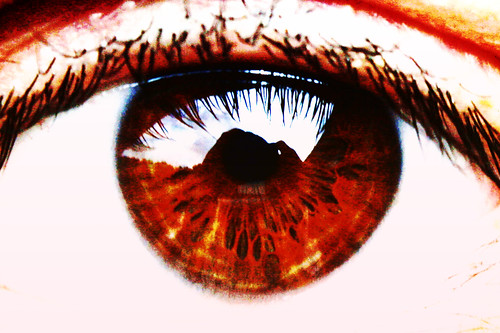After you agonize over every word and debate plot points until nothing in your book makes sense any more, the last thing you want to do is worry about packaging. But at the end of the day, it takes a compelling cover to sell any book. A gripping image, a title that reaches through the screen -- a reason to buy, that's what every reader is actually looking for. And chances are, if they don't like your cover they're never going to read a word you've written...no matter how great the blurb may be.
Designing a Cover
Only very artistic people have the skills and know-how to create both the text and cover for a book completely from scratch, but you may not have to. There's lots of ways you can create a cover, and not all of them involve sitting down at a drawing pad or graphic design program.
People who aren't designers or artists can still DIY their book covers, however. Turn to sites with license-free imaging to collect pictures for your cover, and use a design program (like Photoshop) to put all those elements together in a pleasing way. Design programs also offer many different fonts so you may add text to your cover.
It's possible to get original artwork even if you aren't an artist -- just grab a digital camera and go take a picture. A beautiful bit of nature, a person of your acquaintance who looks like your main character, a startling image you create using sticks and twigs -- doesn't matter. If you take the photo, it's yours to use as long as it doesn't contain any copyrighted material. This means you should avoid photographing any logos, slogans or imagery that was produced by someone else (a movie poster or a television playing an actual TV show, for example).
Look for cover designers through writers' forums and websites. Often, cover designers gravitate toward these online locations because they want the work, so they shouldn't be at all hard to find. If you're acquainted with other indie authors and you admire their covers, ask them about their designers and contact those designers directly if the authors give you permission to do so. If all else fails, you can always take out a free ad on sites like craigslist. Simply advertise for what you need, and you'll get responses.
Designing a Cover
Only very artistic people have the skills and know-how to create both the text and cover for a book completely from scratch, but you may not have to. There's lots of ways you can create a cover, and not all of them involve sitting down at a drawing pad or graphic design program.
- DIY
People who aren't designers or artists can still DIY their book covers, however. Turn to sites with license-free imaging to collect pictures for your cover, and use a design program (like Photoshop) to put all those elements together in a pleasing way. Design programs also offer many different fonts so you may add text to your cover.
It's possible to get original artwork even if you aren't an artist -- just grab a digital camera and go take a picture. A beautiful bit of nature, a person of your acquaintance who looks like your main character, a startling image you create using sticks and twigs -- doesn't matter. If you take the photo, it's yours to use as long as it doesn't contain any copyrighted material. This means you should avoid photographing any logos, slogans or imagery that was produced by someone else (a movie poster or a television playing an actual TV show, for example).
- Farm it Out
Look for cover designers through writers' forums and websites. Often, cover designers gravitate toward these online locations because they want the work, so they shouldn't be at all hard to find. If you're acquainted with other indie authors and you admire their covers, ask them about their designers and contact those designers directly if the authors give you permission to do so. If all else fails, you can always take out a free ad on sites like craigslist. Simply advertise for what you need, and you'll get responses.






















